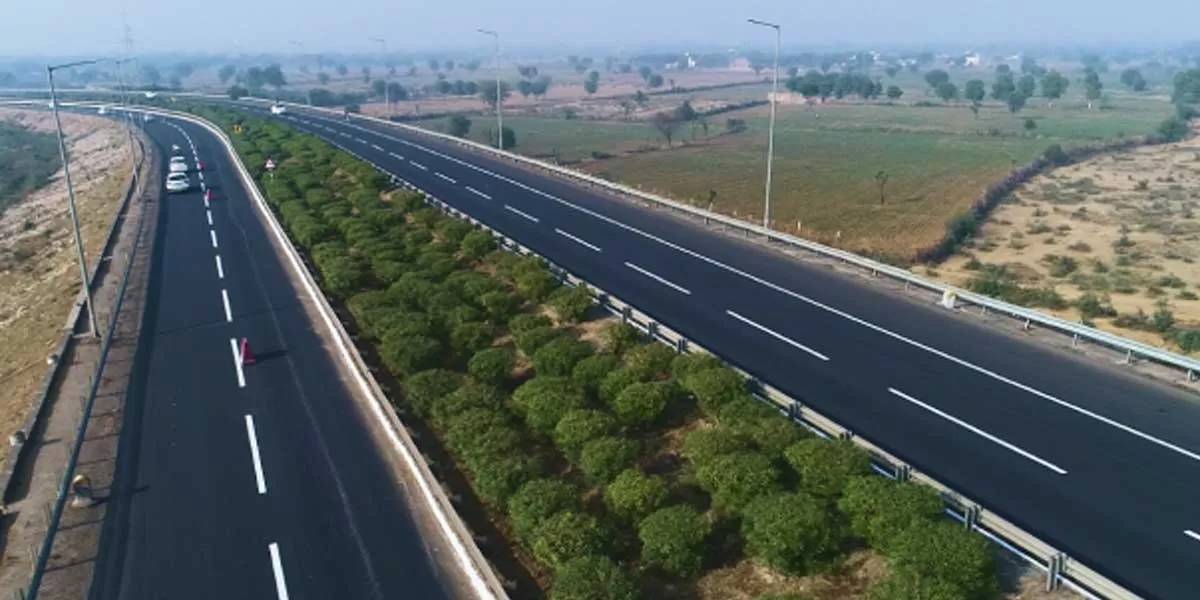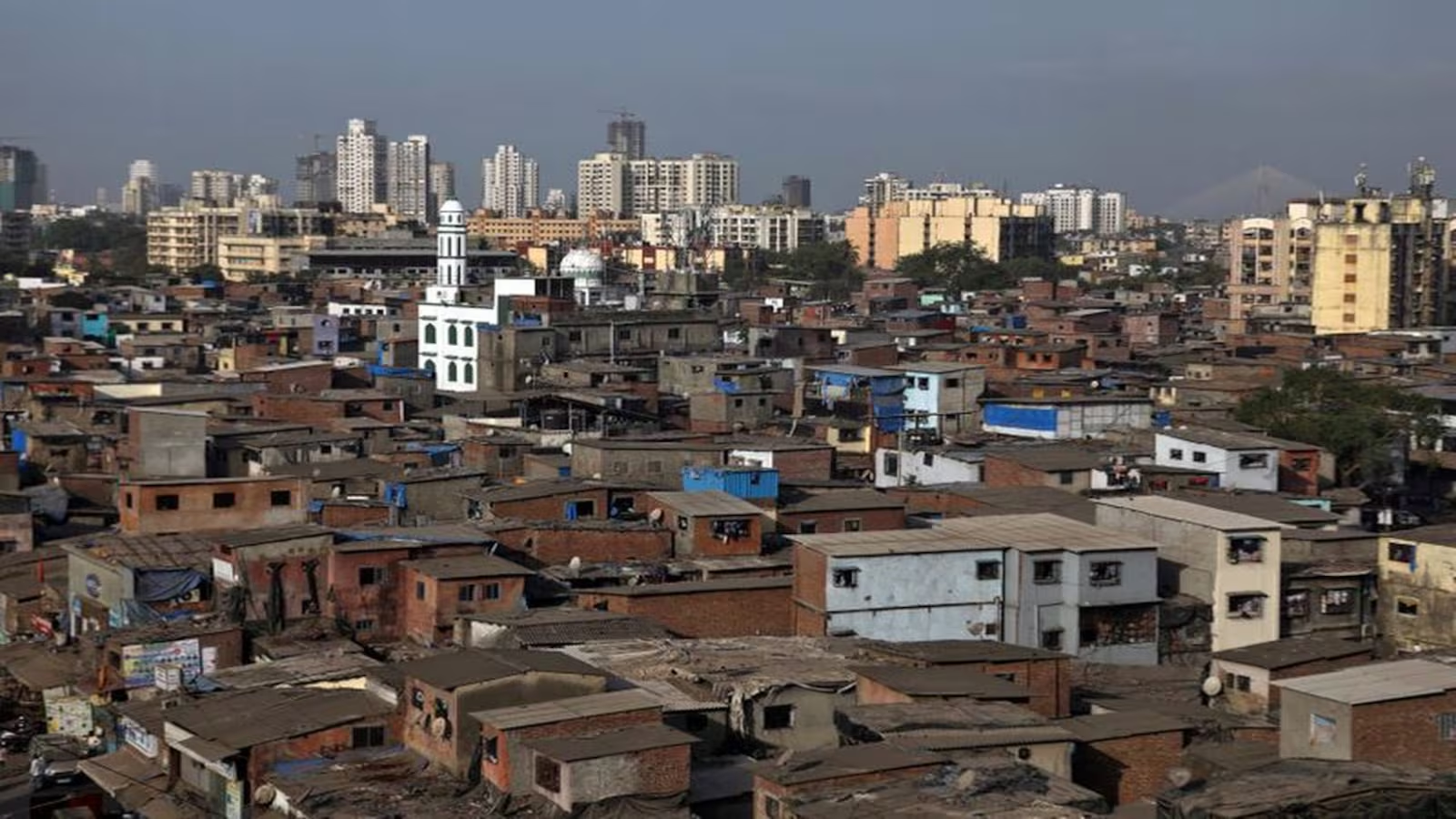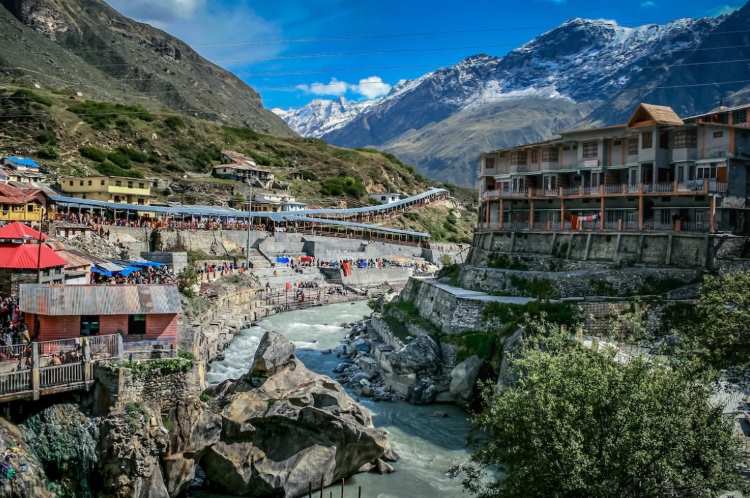Now Reading: Bihar’s Infrastructure Push: Will New Roads Actually Boost Rural Trade?
-
01
Bihar’s Infrastructure Push: Will New Roads Actually Boost Rural Trade?
Bihar’s Infrastructure Push: Will New Roads Actually Boost Rural Trade?

Introduction:
The Bihar government has recently unveiled a series of infrastructure projects aimed at upgrading rural connectivity, with a focus on improving roads and transport access. The move is expected to benefit local farmers, small traders, and rural industries—but the big question remains: Will these new roads actually translate into long-term economic growth for villages and small towns?
The Roadmap to Rural Connectivity
The new plan includes the construction and widening of over 2,000 kilometers of roads across rural Bihar. The initiative prioritizes linking remote villages with nearby market hubs, railway stations, and national highways. Areas with high agricultural output and low connectivity are getting special focus under this phase.
The goal is simple—improve mobility for goods and services, reduce travel time, and connect rural producers directly with larger markets.
Rural Trade: The Potential and the Gaps
Bihar’s economy relies heavily on agriculture and small-scale rural enterprises. However, poor road infrastructure has long been a bottleneck for trade. Perishable goods often get delayed in transport, middlemen dominate the supply chain, and small farmers struggle to get fair prices.
Improved roads can help cut transportation costs and enable rural traders to reach larger, more profitable markets—provided other support systems like cold storage, digital access, and cooperative platforms are also strengthened.
Opportunities and Concerns
Local business owners and agricultural groups have welcomed the move, hoping for better margins and faster logistics. For youth in Tier-2 and Tier-3 towns, better roads could also mean improved access to education, jobs, and healthcare.
However, critics caution that road development alone won’t automatically boost rural trade. Without parallel investments in warehousing, financial access, and local entrepreneurship, the roads may simply become faster routes for urban goods to enter rural areas—rather than empowering local sellers.
Tier-2 Cities as Trade Anchors
Cities like Muzaffarpur, Bhagalpur, and Gaya are poised to become regional trade anchors if connected well to rural areas. With upgraded road links, these cities can serve as hubs for processing, distribution, and export of local goods.
The government has hinted at setting up rural logistics parks and mandi modernization programs near these road corridors, which could help amplify the benefits of this infrastructure push.
Conclusion
Bihar’s infrastructure drive is a step in the right direction, but its impact on rural trade depends on how well the roads are integrated with broader economic planning. Roads can open up possibilities—but turning them into lasting progress will require sustained support, inclusive policies, and real attention to the needs of small farmers and rural entrepreneurs.























